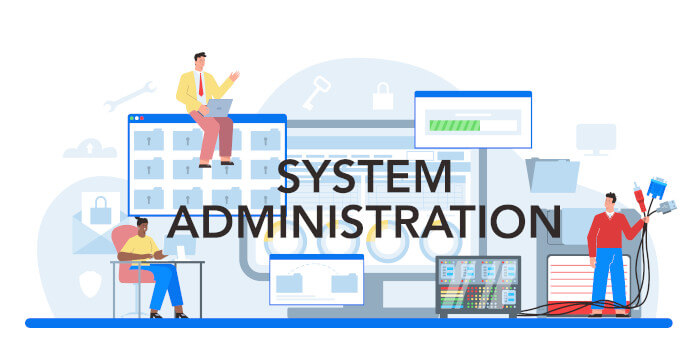Last Updated on May 28, 2022
Other Features
- A wide range of file systems are supported:
- Linux – ext2, ext3, ext4, reiserfs, reiser4, xfs, jfs, btrfs, f2fs, and nilfs2.
- Windows – FAT12, FAT16, FAT32, and NTFS.
- Mac OS – HFS+.
- FreeBSD, NetBSD, and OpenBSD – UFS.
- Minix – minix.
- VMWare ESX – VMFS3 and VMFS5.
- For unsupported file systems, sector-to-sector copy is undertaken by dd in Clonezilla.
- Support for LVM2 in Linux.
- Boot loader, including grub (version 1 and version 2) and syslinux, can be reinstalled.
- Both MBR and GPT partition formats of hard drive are supported. Clonezilla Live also can be booted on a BIOS or UEFI machine.
- Unattended mode is supported.
- Single image restore to multiple local devices.
- Images can be encrypted. This is performed with eCryptfs, a POSIX-compliant filesystem-level encryption layer.
- Multicast support for massive cloning. You can also remotely use it to save or restore a bunch of computers if PXE and Wake-on-LAN are supported in your clients.
- Whole disk/partition save and restore.
- AES-256 encryption can be used to secure data access, storage and transfer.
- Image format is transparent, open, and flexible.
- Based on Partclone (default), Partimage (optional), ntfsclone (optional), or dd to image or clone a partition.
- Internationalization support – there are translations for Chinese (Simplified), Chinese (Traditional), French, German, Italian, Japanese, Portuguese (Brazilian), Russian, and Spanish.
Pages in this article:
Page 1 – Introduction / Installation
Page 2 – In Operation
Page 3 – Other Features
Page 4 – Summary
